2016 Mahindra e2o Plus review, test drive
Four doors, surprisingly abundant cabin space and an extended range make the e2oPlus quite a usable electric car.
Published on Oct 21, 2016 12:46:00 PM
3,39,401 Views
Follow us on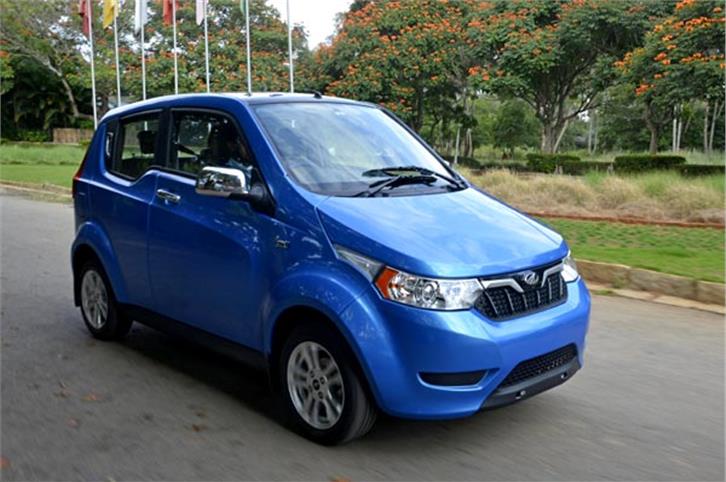
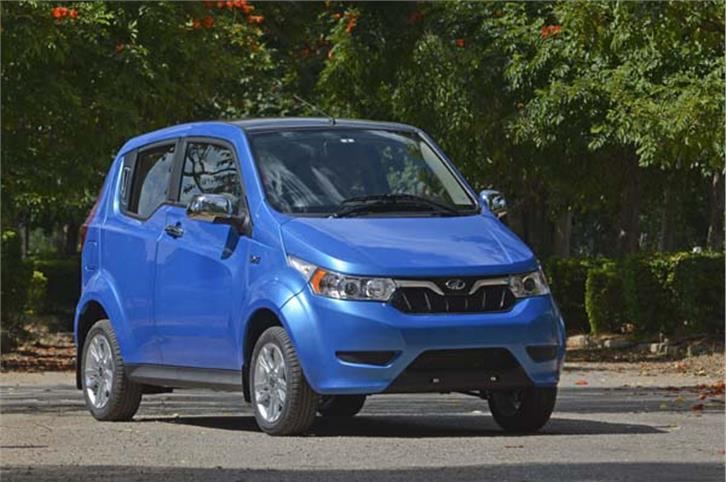

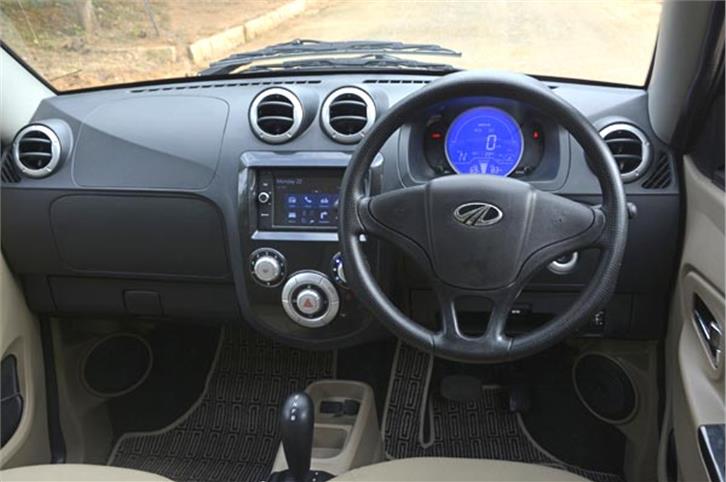
What is it like to drive?
The top-spec e2o Plus is powered by a 72V battery back, which extends its claimed range to 140km. The battery powers a motor with a peak output of 41hp at 3,500rpm and 91Nm at 2,500rpm. The lower spec variants however, come with a 48V battery. These, being an electric motors, the car comes with a direct-drive transmission. Slot the gearstick into ‘F’ (Forward), step on the accelerator and the car.... well, disappoints. Since the peak torque of an electric vehicle is available from 0rpm, I expected the 69 percent increase in torque (as compared to the two-door e2o) to result in a quick launch, but I was let-down. There is a slight pause when you step on the accelerator, after which the car ambles forward sedately. Things are improved slightly in ‘B’ (Boost) mode, but don’t expect any excitement or gut-tickling acceleration.
The low speed ride is absorbent, with smaller bumps, lumps and crests are swallowed with apparent ease. Bigger obstacles, especially at higher speeds, cause the suspension to crash and thud. While most of the crashing and thudding is purely auditory (the suspension absorbs the impact), it still does unnerve you slightly.
The e2o Plus’ handling is nothing to write home about. Its compact size and electric steering makes it easy to manoeuvre in tight spaces, but the steering lacks directness and offers little feedback. That it requires four turns from lock to lock makes for cumbersome driving, especially while parking.
Another problem with the e2o is cabin insulation. While motor whine has been reduced, a cacophony of other noises constantly crop up. The compressor switches on with a loud rumble at regular intervals, overshadowed only by the roar of the fans that cool the car’s batteries. The crashing of the suspension and the constant undercurrent of road noise only add to the din.
The claimed range of this car has been extended to 140km (from 110km) to dispel range anxiety. This, however, comes at a cost – the battery now takes a long nine hours to charge as opposed to the five hours for the two-door. A fast charger that can charge 90 percent of the battery in 90 minutes has been made available, but it costs somewhere in the range of Rs 6 lakh, which isn't cheap. In any case, the 140km range is under test conditions, which are unlikely to be replicated in everyday driving: we drained 40 percent of the battery with 30km of (admittedly hard) driving, which translates to a range of 75km.
Copyright (c) Autocar India. All rights reserved.


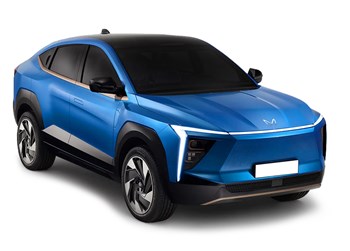
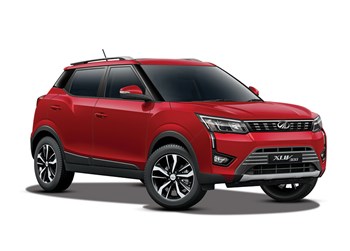




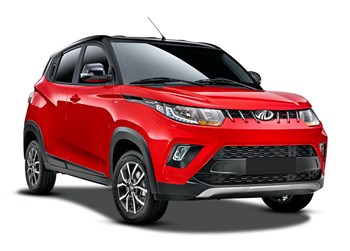

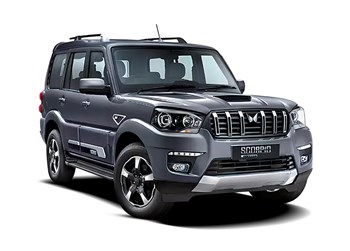
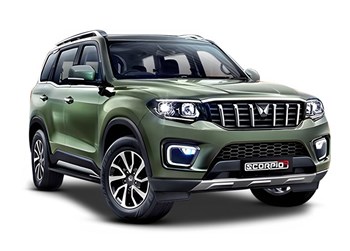


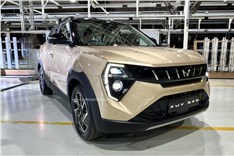



Comments
Member Login
Personal Details
No comments yet. Be the first to comment.